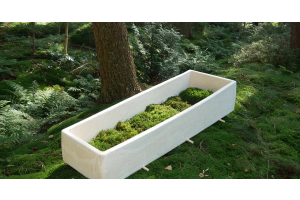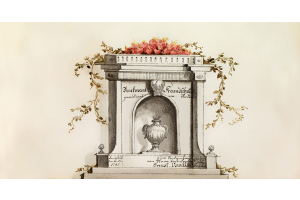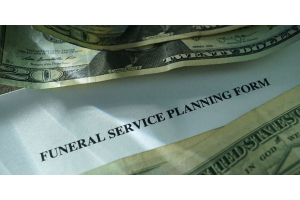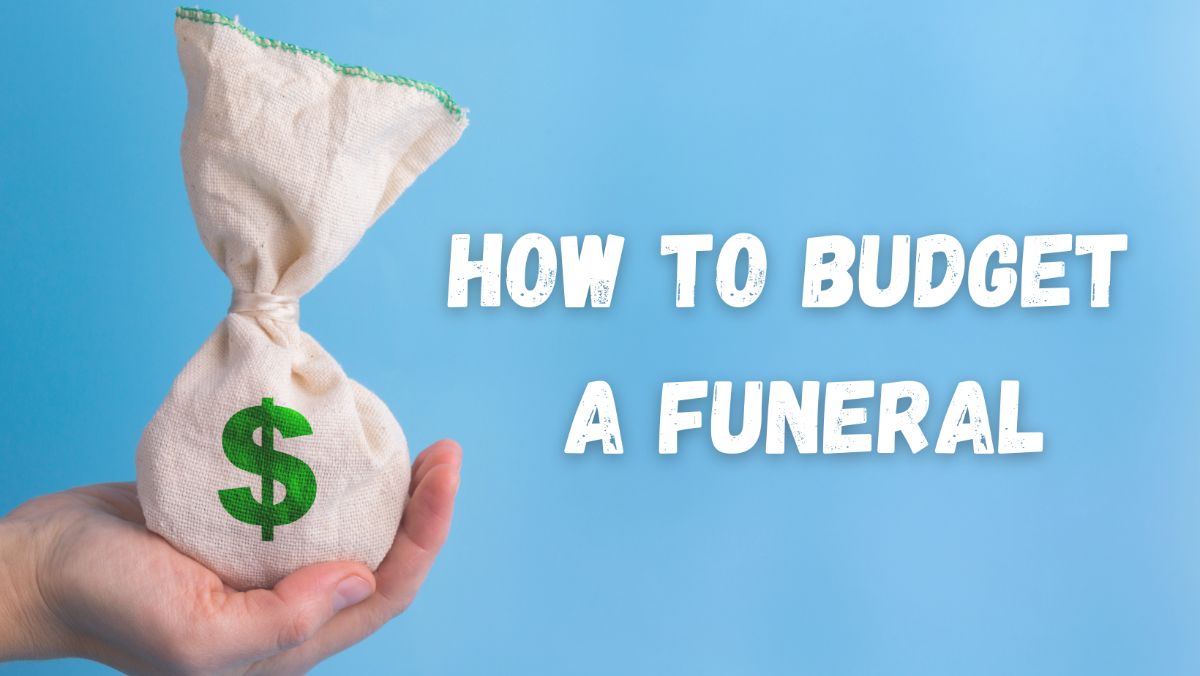
The growing expense of funerals is one reason many will look to plan and pay for theirs in advance. If you have ever had to plan a funeral, though, you know that even the basics are expensive.
A funeral today will cost you anywhere between 7,000 and 12,000 dollars, depending on what services you want. At this price, you can expect the viewing plus burial. It will also include basic service fees, transporting the remains to a funeral home, the cost of a casket, embalming, and various preparation services.
Pricing for cremation, while it can be a less expensive option, tends to vary, as well. The average cost can run from 1,000 to 8,000 dollars, depending on location and services. The typical pricing for a funeral with cremation is around 6,000 dollars. Fees for the funeral home have a significant impact on the expense of cremation, so in some cases, it might cost as much as a burial.
One way to control the expense is to plan ahead. It allows you to break down the services and determine what is important to you and your family. How does one manage a funeral budget, though? It starts with knowing what you are likely to spend on one.
Why Do People Tend to Over Spend for Funerals?
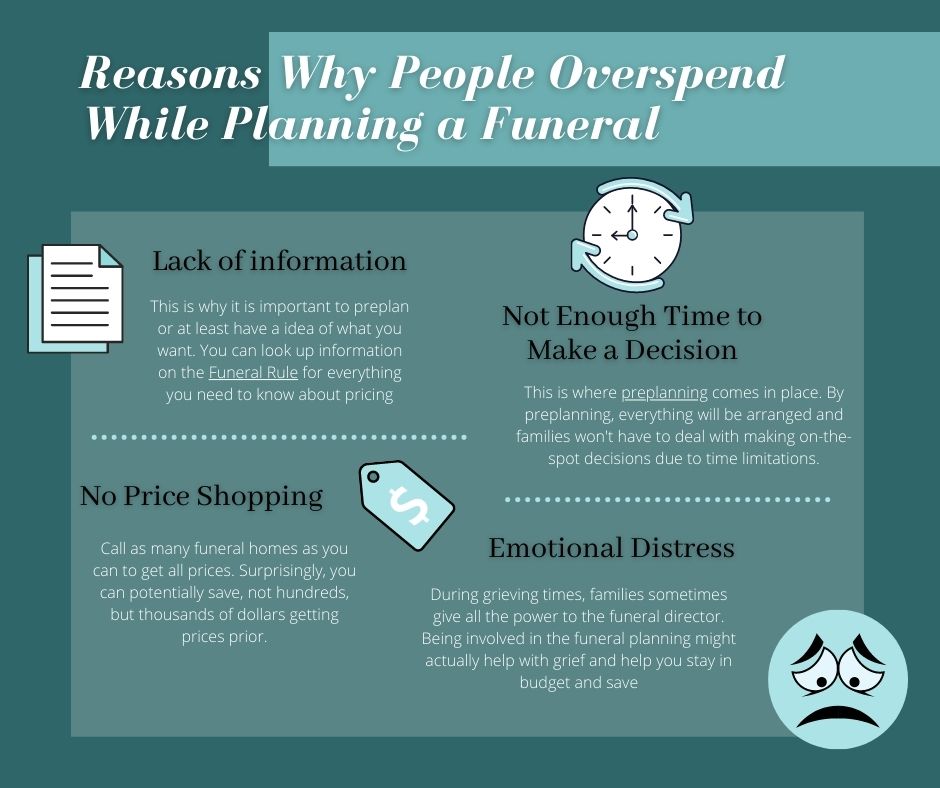
Lack of preplanning is one of the biggest culprits when it comes to funeral costs. After someone you love passes, you are not necessarily in the right frame of mind to make smart budget decisions. There is no time to shop around or price various services. It’s hard to know what is essential and what is not necessary. Everything sounds so reasonable when you consider honoring this person. You want the world to see the love you had for them.
The better option is to make these choices when you have time to consider the services and to put the cost in perspective. That is true whether you are planning ahead for a parent or loved one or making choices for your funeral. A good place to start is comparing different funeral homes.
Understanding the Funeral Rule
A funeral is a time-honored tradition, but many people don’t understand what goes into planning one. For example, is viewing a requirement? What about the casket or embalming?
The truth is there is just one cost of a funeral that everybody must pay by law, and that is the basic service fee. Everything else is optional.
In 1984, the Federal Trade Commission (FTC) introduced the “Funeral Rule” to give people the right to make their own choices without pressure. The goal was to prevent the overcharging of a funeral.
The Funeral Rule gives you the following rights:
- To buy only the services and products you want
- To get pricing information over the phone.
- To get an itemized statement of the goods and services.
- To see a pricing list for caskets.
- To get a pricing list for outer burial containers.
- To get a written statement about the costs and services before payment.
- To choose an alternative container for cremation remains.
- To provide your own casket or urn to the funeral home as opposed to buying one from them.
- To decline to embalm
Understanding your rights helps you make informed decisions when planning your funeral service.
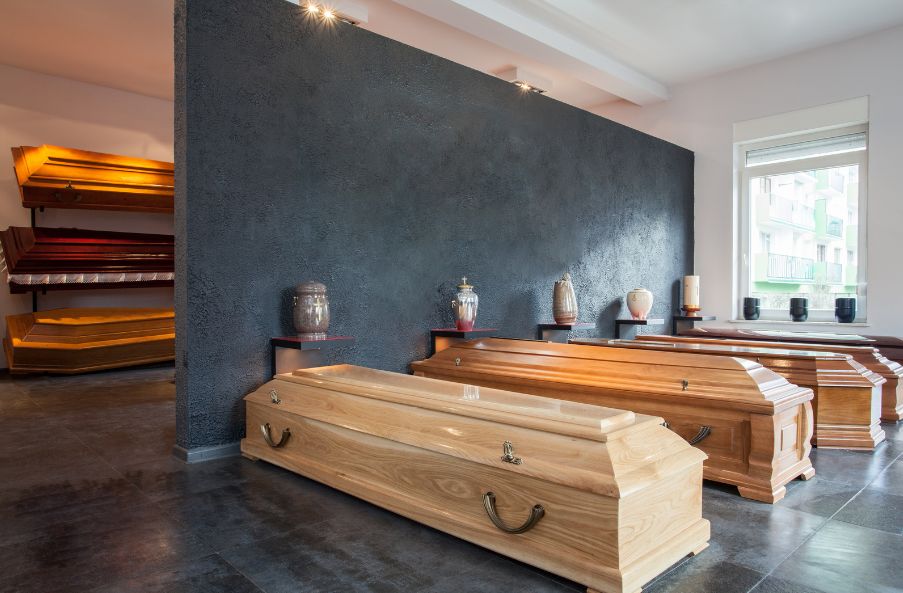
Shop Around
Shop around is the mantra of any reasonable consumer. That is true whether you are buying a new car or planning a funeral. Businesses price their services based on many factors, such as profit, and that includes funeral homes. It is a lot easier to make comparisons for funeral services when you preplan.
Like most industries, funeral homes have websites. Go online and look at the websites for companies in your area. They may offer a contact form that allows someone there to get in touch with you. Or pick your phone and give them a call. Request a written price list. Remember, federal regulations require them to provide one, and they must be willing to give you price information over the phone, as well.
Once you have several price lists in front of you, you can go through them one by one to make comparisons for the different services. Before deciding who to work with, look into the reputation of each company. Ask friends and family who they have used in the past. Also, look at online reviews and ratings.
Evaluate the Costs of Services
Next, look at each service and consider both its value and cost. The only fee you must pay is the basic services fee. You can choose the other services a la carte and stick with the most important ones to stay within budget.
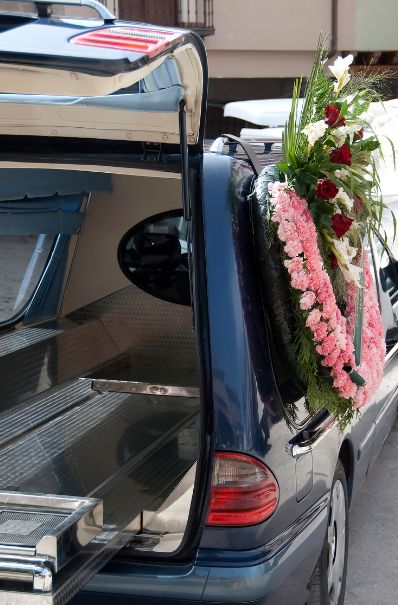
The services you will need to consider include:
- The basic service fee
- Transportation fees
- Embalming
- Body preparation
- Facility and staff for viewing
- Facility and staff for funeral
- Hearse
- Service car
- Memorial printed material
- Metal casket
- Vault
- Cremation costs
- Cremation rental casket
- Cremation container or urn
Avoid going with a package deal for the funeral unless you want everything it offers. Getting the funeral at the right price is really about looking at the different services and picking what you want and what isn’t necessary.
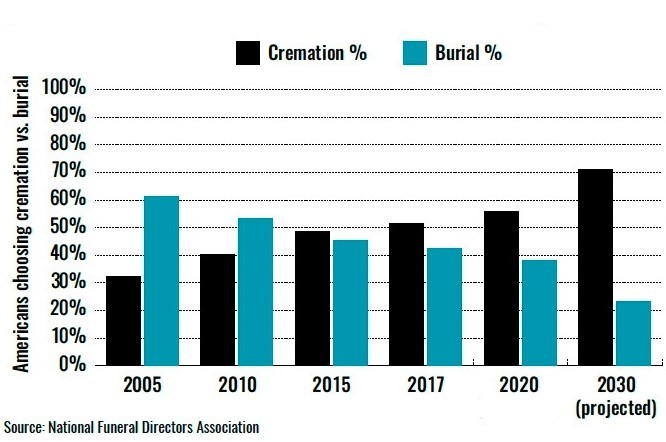
Cremation or Burial
One of the first choices you’ll make is to decide if you want cremation or burial. For many, this is as much of a personal choice as it is a monetary one. People tend to have strong opinions about what they want after they die. If you are strictly looking at costs, though, the savings with cremation might not be as much as you think.
The rate of cremations is growing in this country. In 2018, the cremation rate in the U.S. was 53.1. By 2023, that number is expected to be around 59.4. If you want cremation with a funeral service and viewing, the cost can be close to the price of a burial.
Viewing Expense
The viewing service is another traditional part of the funeral that many people do because they think it is expected. It gives people a chance to say goodbye face to face. It does come with additional expenses, though.
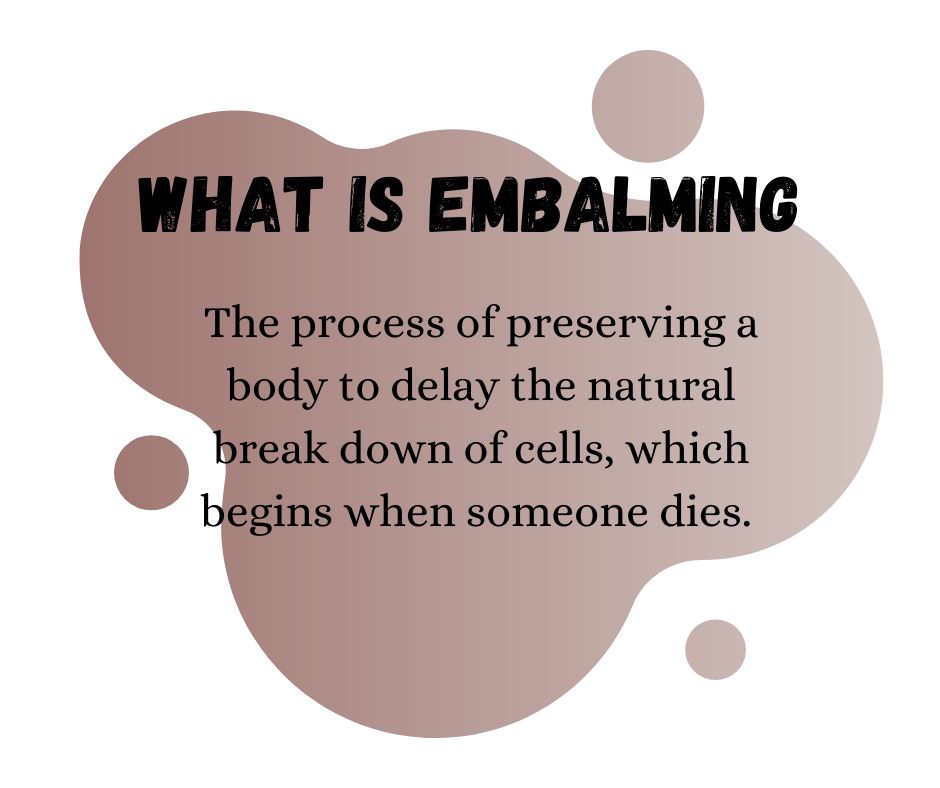
The Cost of Embalming
On average, embalming costs around 700 dollars.
You may find some funeral homes push embalming because it means you are more likely to have a viewing. If you plan to have the service quickly after death, it might not be necessary even with a viewing, so this is an expense you can avoid. There is no reason to embalm for a closed casket service or cremation without a viewing, either.
Body Preparation
If you plan a viewing, then, of course, you want the deceased to look as good as possible. That means preparing the body to make it more presentable via makeup and hairstyling. It is a likely expense even if you decide against embalming. On average, preparing the body costs about 250 dollars.
Facility Fees
The funeral home will charge for the use of their space for the viewing ceremony and the staff. If you extend viewing over several days, that cost will go up. If you want a viewing, consider keeping it to just a few hours before the funeral service to save money. The average facility fee for the viewing service is around 425 dollars, more if you extend it to multiple days.
You will save over a thousand dollars if you opt for just the funeral and pass on the viewing altogether.
Burial Services
Choosing a burial service means you must make crucial decisions that affect the funeral’s overall cost, starting with purchasing a casket.
Casket

The casket might be the most expensive item you’ll buy when planning a funeral. On average, a metal casket will cost around 2,400 dollars, but it can range anywhere from 2,000 to 10,000 dollars.
When looking at the various models, ask to see them all, not just featured products, which are likely higher-priced units. Also, feel free to shop around for a casket. You can order one online and have it sent to the funeral home. There should be no charge to use a third-party casket.
Avoid protective caskets, too. These have rubber gaskets designed to protect the body from the elements. They can raise the cost of the casket considerably and are unnecessary. There is no reason to preserve a body once buried.
For those considering a viewing with cremation, you can rent a casket and eliminate the cost. You do not need a casket for cremation.
Cemetery Fees
Although the funeral industry is regulated, those same rules do not apply to cemeteries. The average cost for a plot is 1,000 to 4,000 dollars, but it may be higher depending on where you live. Typically, metropolitan areas like Chicago cost more.
When you purchase a plot, beware of the added fees. Make sure to ask what the charges will be for each service, like digging the grave and filling it after the service. The average cost to open and close the grave is 1,000 dollars plus additional fees for placing and lowering the casket and covering the plot.
They might also try to sell you extras like a vault or liner to protect the casket. These are optional items and not required.
Before purchasing a site, find out who maintains the grave and how much that costs. Do they bill monthly or annually?
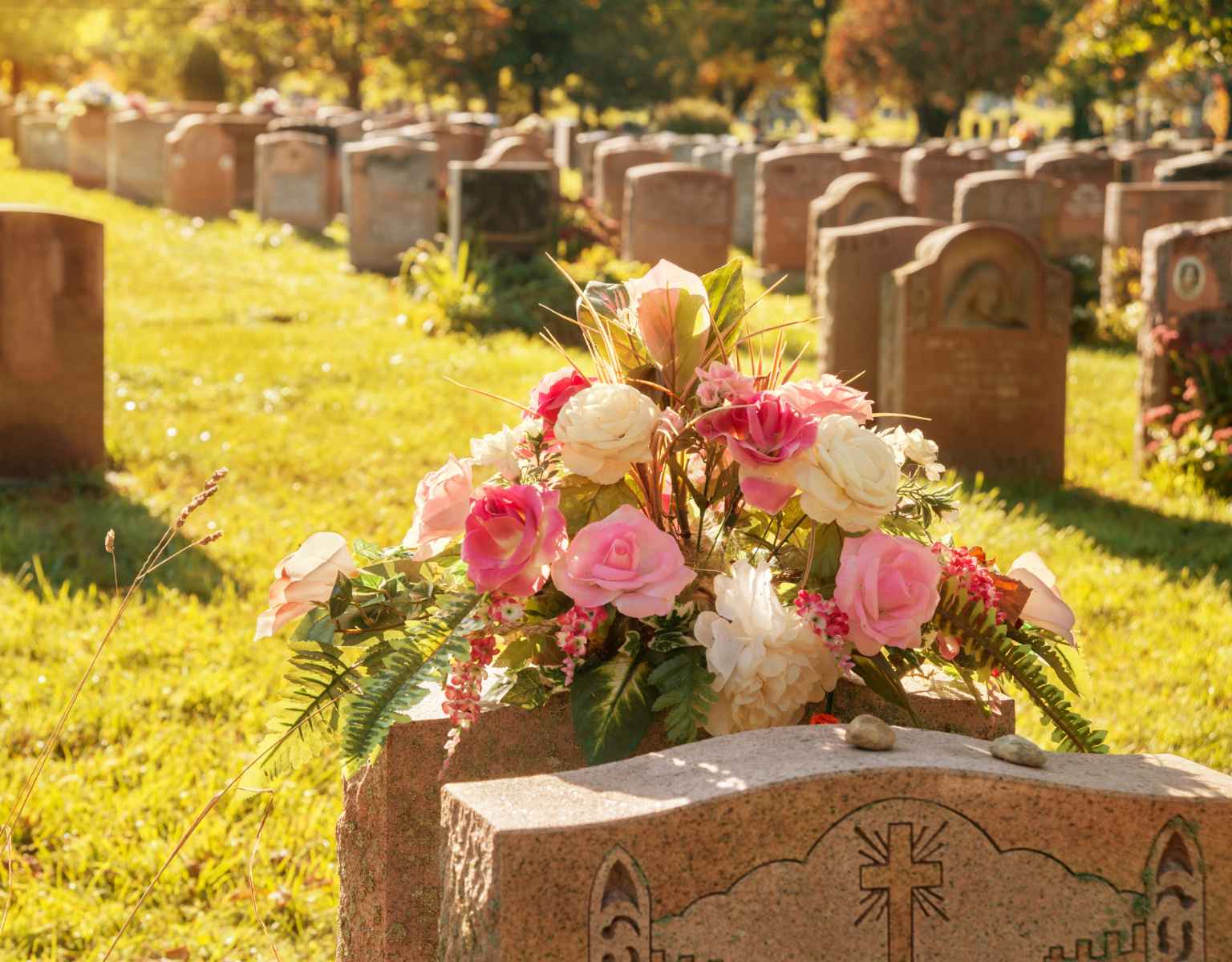
Marker
You have the choice between a headstone or a grave marker. Headstones sit on top of the grave and can be ornate. They typically cost up to 5,000 dollars or more for customized designs. A grave marker is a flat piece that lies on the ground. They are less expensive, usually about 1,000 dollars. They are also less visible and decorative.
Many cemeteries offer mausoleums or crypts, too. Those will be more expensive than a simple grave with a stone or marker.
Cremation Services
When considering cremation, direct cremation is the least expensive option. Direct cremation means there are no traditional funeral service options such as viewing or visitation. You could even deal directly with a crematorium and avoid the basic funeral home service fee. The crematorium may charge a service fee because they handle things the funeral home does typically, like obtaining the death certificate.
The actual cremation averages from 250 to 400 dollars, It may be higher or lower depending on your location. You will also pay for a container, which costs between 500 to 600 dollars.
Urn
After the cremation, you can opt to put the ashes in an urn priced anywhere from 50 to 1,000 dollars. You purchase an urn from the funeral home or buy one and provide it to them.
There are many varieties of urns, such as:
- Biodegradable - An environmentally-friendly choice if you are going to bury the urn or scatter the ashes.
- Boxes - These are simple, decorated memorials.
- Wooden - They have a natural look designed to fit into home decor for those who want to keep the ashes of a loved one close.
- Companion - Designed for more than one set of ashes
If you do not want an urn, they will provide a basic container for ashes. This is a practical choice if you plan to bury the ashes in a family plot or scatter them.
Viewing
When choosing cremation, you can still have a viewing or visitation. That would add to the overall cost because you would potentially pay for body preparation, rented casket, embalmment, and for the facility and staff. They usually put the body in a box that goes into the rented casket. That cost of the box would be added to the price of renting a casket. The total for renting runs between 400 to 600 dollars.
It is possible to have a funeral service after the cremation if you work with a funeral home. In this case, they will charge you the basic fee and for the services.
All the Extras for a Funeral Service
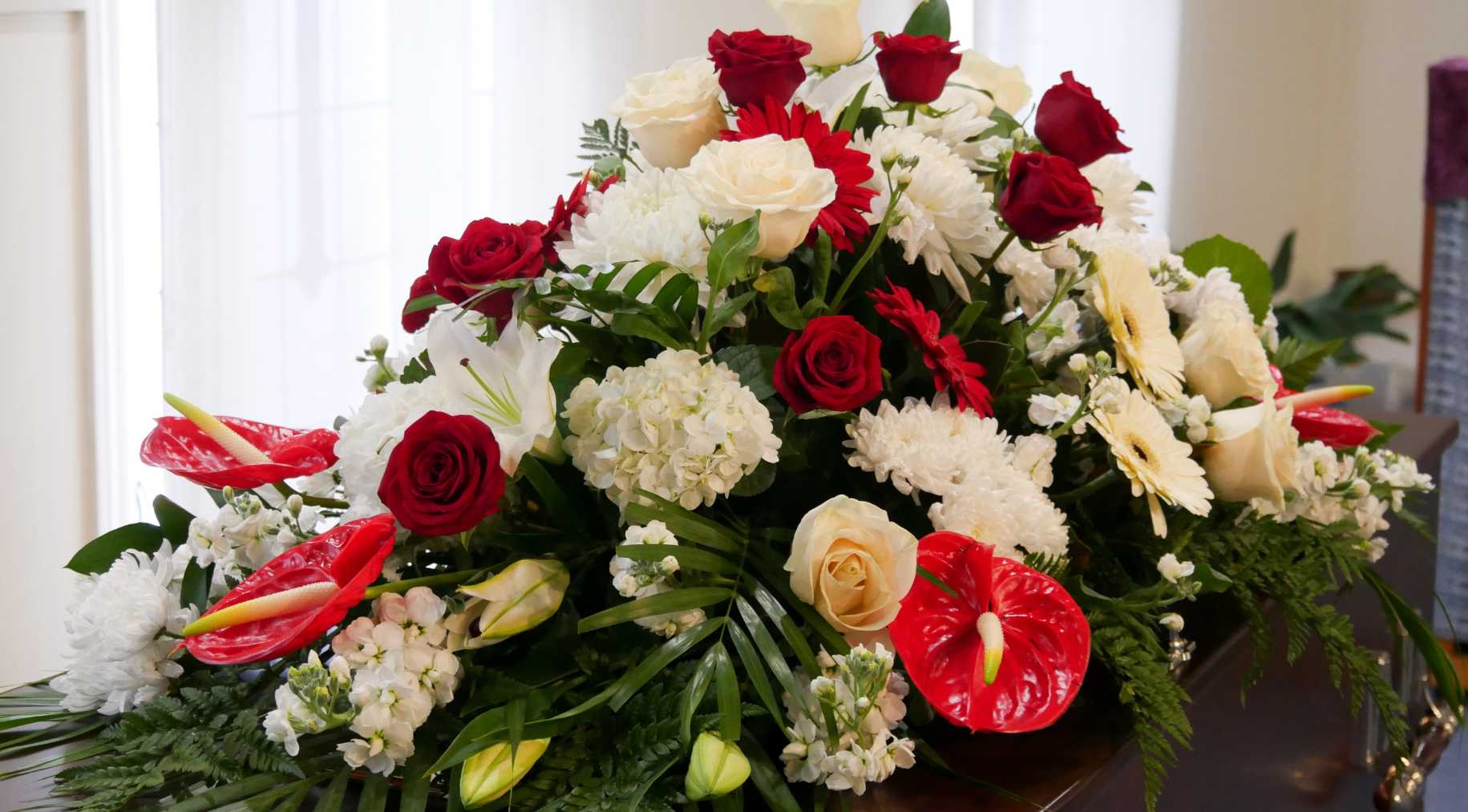
There are many third-party costs to consider when planning a funeral, such as:
- Flowers
- Organist
- Soloists
- Pallbearers
- Obituary notice
Often the funeral home will provide an online obituary as part of the service at no charge. You will pay extra for placing the obituary in newspapers, though. Major papers can charge hundreds of dollars to run an obituary. Small town newspapers will likely cost anywhere from 10 to 50 dollars.
You will also pay for the hearse to carry the casket to the cemetery and for a service car. The funeral home will offer printed materials for visitors who attend the viewing or funeral service for a fee, as well.
Different Kinds of Funerals
Planning a funeral has as much to do with the person you are honoring as the traditional services.
Direct Burial
Not everyone wants a viewing and memorial service. You can opt for direct burial where the body goes to the grave without embalming or a service. This is one of the least expensive options.
Military
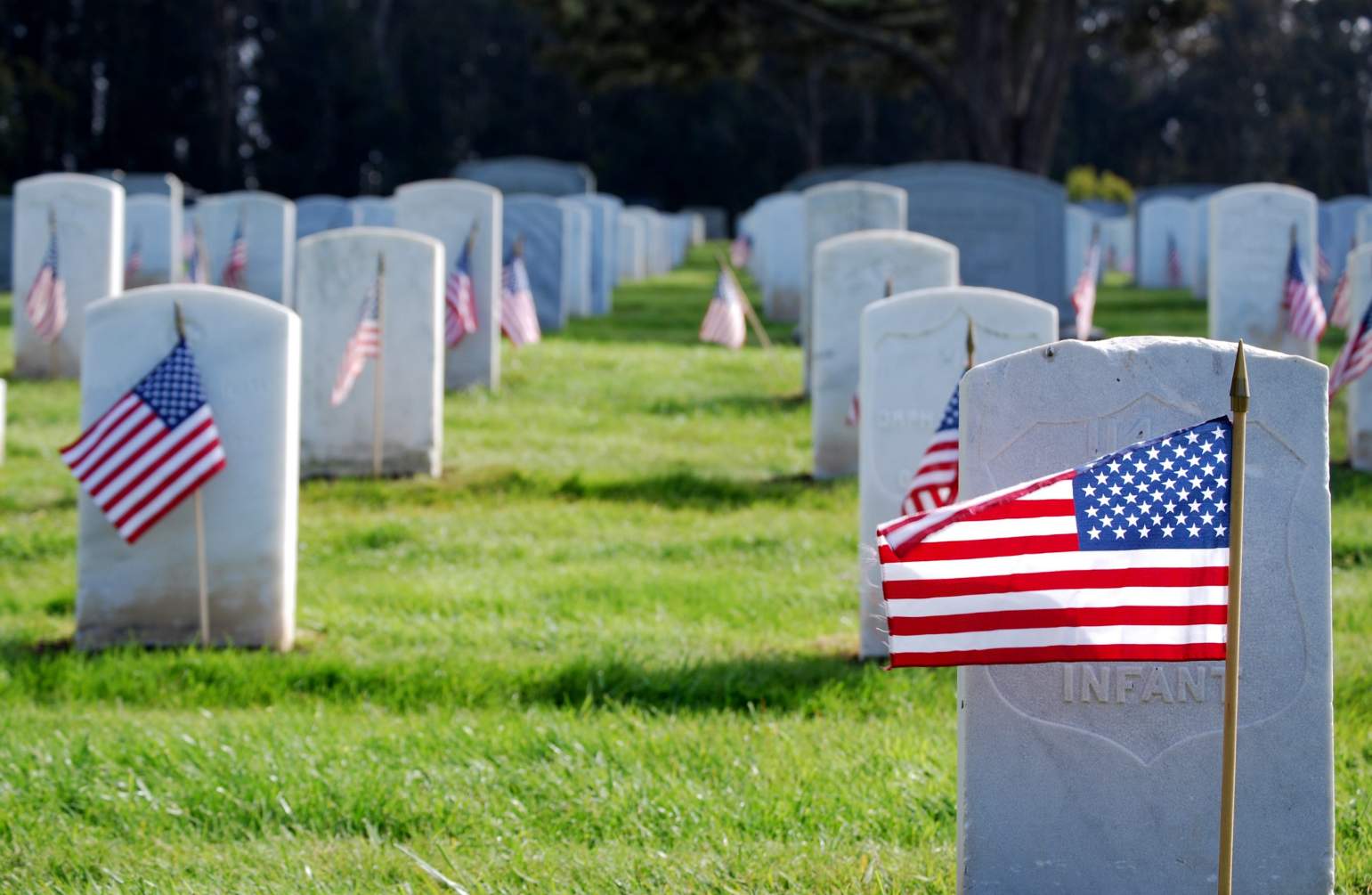
Military veterans have the option to have a free burial in a national cemetery with a grave market. Military families have the right to certain discounts, too. You can find out more by contacting the local VA office near you or checking out their website. They can work with you to plan the funeral and save you thousands of dollars.
Green Funeral
A green funeral can be a less expensive option, as well. They use biodegradable caskets and no embalming to keep things environmentally friendly.
Ways to Budget for a Funeral
Preplan how to finance your funeral, as well with options like:
- Prepay - The cost of funerals is going up each year. Prepaying allows you to lock in the price while you are still alive and save. It also ensures you get the exact services that you want. The downside of prepaying for a funeral is there is no way to get your money back if you relocate or if the funeral home goes out of business. If you do decide to prepay, don’t do it too early.
- Purchase a whole life Insurance policy - An alternative to prepaying might be to buy a whole life insurance policy that can be used for your funeral expenses. This is something you can do early in life because it will accumulate cash value.
- Set Up a funeral fund account - You can set up an interest-bearing savings account designated just for funeral expenses. Like any savings account, you would regularly deposit money into it and let the interest build over the years.
With your payment plan in place, plan ahead to save money with these quick tips:
- Contact more than one funeral home - The prices will vary greatly, so it’s important to shop around.
- Consider what you can buy third-party - You can purchase a casket or liner outside the funeral home. It’s worth checking to see if you can save money that way.
- Have the memorial in your home - There is no rule that says you have to use the funeral home for your service. Instead of a viewing and a traditional funeral with the casket on display, consider direct burial or cremation and then having people come to your home to celebrate the life of your loved one.
- Skip the embalming - Plan the service quickly, choose direct cremation or burial, or opt for a green funeral to save on embalming fees.
- Double-check package plans - If you choose a package plan from the funeral home, go over each service’s cost and make sure it lines up with what you would pay if you purchased them each separately.
- Don’t choose a fancy casket - This is especially true if you opt for direct burial. A simple wood casket is fine and much less expensive than metal units.
No one likes talking about funerals, but it’s an important and sometimes expensive part of life. A little pre-planning will go a long way to making sure you budget appropriately and save money when the time comes. Set the budget for the services you want and stick to it.

